Translation
Author: Wang Xuan
The thinking of the homogenization trend in car design originated from the launch event of Li Auto’s Li Xiang L9. When the actual vehicle appeared, the name of another car, the XPeng G9, was being mentioned all over the comments section of the barrage. Perhaps the similarity between the two in terms of styling made people think of the latter.
In March of this year, when the Li Xiang L9 was still in the stage of undercover operation, Li Pengcheng, Vice President of XPeng Motors, made a sarcastic remark on Weibo about the similarity in appearance of the two cars: “Have the two design teams ever had a meeting?”
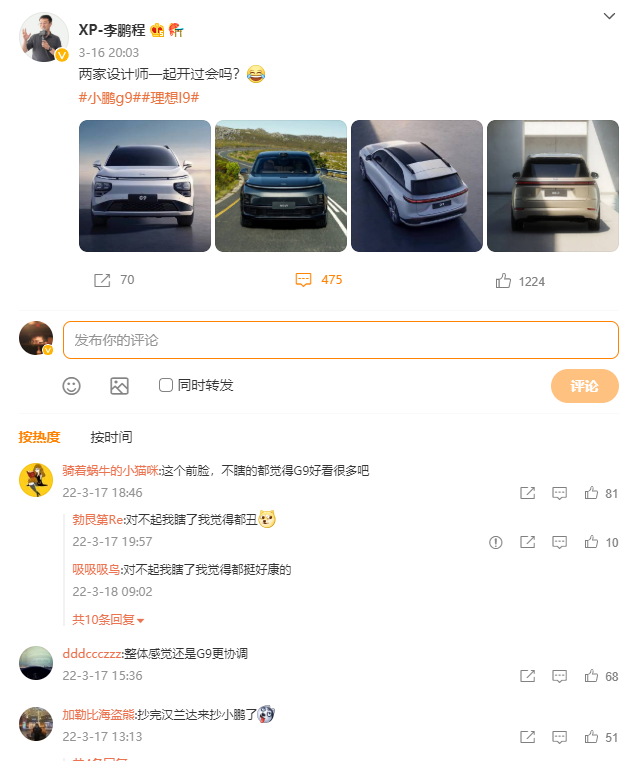
In the past thirty years, the Chinese automobile industry has completed the journey that took Europe and the USA a hundred years. In the process of leapfrogging, it is inevitable for us to reverse-learn from others, which makes the public opinion more sensitive to the issue of “plagiarism”, as exemplified in the discussion under Li Pengcheng’s Weibo post. Even the ROBO-01 concept car by Jidu was first talked about on the Internet not because of its liftable laser radar, but because of the similar front face to that of the NETA U and the Evergrande Hengchi 5.
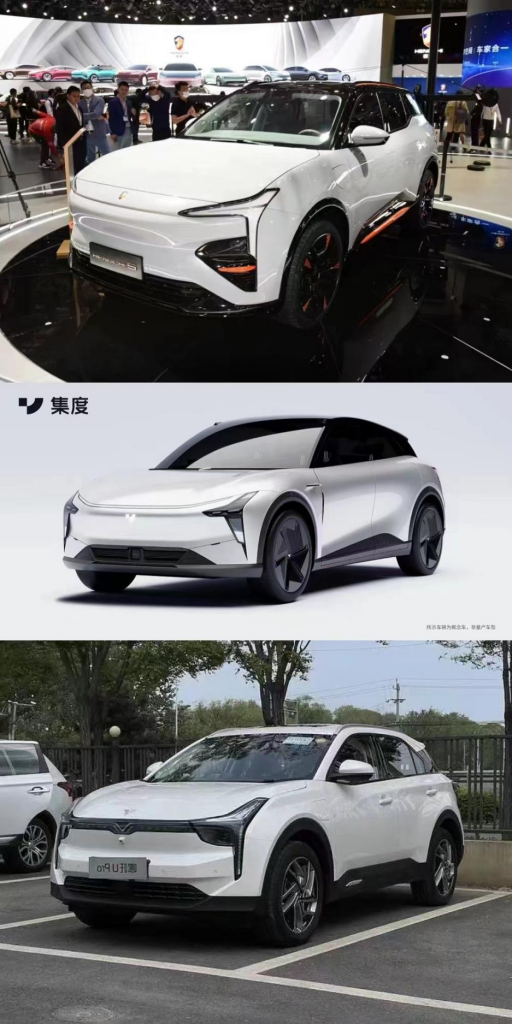
Nowadays, similar designs are no longer obtained on the pixel level by measuring with a ruler as before. However, our visual nerves are still tired of seeing some frequently appearing details. Full-width taillights, split-type headlights, and enclosed front face are no longer important criteria for identifying a specific car model, because almost all cars on the streets have them.
After these phenomena appeared in succession, I think they foreshadowed a big change that is about to happen in the automobile industry. In order to anticipate what is about to happen and to hear more authentic voices from the car design circle, we interviewed Zhang Xiaoyu, a car designer from the Art Center College of Design in the United States.
Minimal exterior design is the result of consumer choice
The problem of homogenization in styling is more severe in electric cars. Therefore, we threw the first question to Zhang Xiaoyu: Is minimalist design really the best solution for electric vehicles?
Zhang Xiaoyu: “The evolution of design and product development is simultaneous. Compared with traditional fuel vehicles, electric vehicles have simplified mechanical structures, reduced the demand for air intake and heat dissipation, and the design style has gradually become a manifestation of simplified surfaces corresponding to the simplification of the vehicle architecture itself. However, few companies, whether new forces or traditional car manufacturers, can afford the risk of challenging consumers’ aesthetics.”
Two days after obtaining this viewpoint, I looked back at the entire development process of new-era electric cars and found an interesting fact. The evolution of electric car styling is the result of consumer choice.
Tesla is a great example. Musk is an advocate of first principles thinking. Starting from the structural changes in electric vehicles, he changed the exterior design, and we saw the first-generation Model S.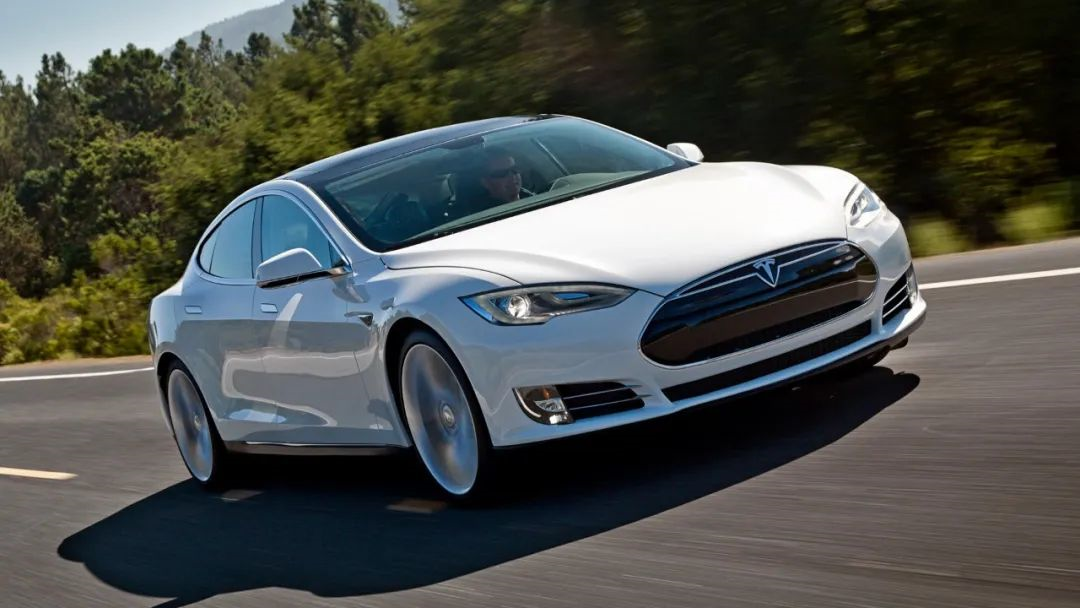
In 2013, Robert Cumberford, a designer and automotive historian who graduated from the Art Center College of Design in the United States, published an article commenting on the design of the Tesla Model S. He pointed out:
There are two ways to design a technologically advanced vehicle.
One is to make its appearance unique and different, to attract attention, an approach known as the “sci-fi novel” strategy, such as the triangular-wing racing concept or vehicles in Blade Runner.
The other is to hide technological radicalism behind an extremely simple appearance.
Obviously, Tesla’s visionary founder Elon Musk chose the latter approach. His design team, led by Franz von Holzhausen, created a beautiful, unremarkable “ordinary car” design. Its appearance did not arouse people’s desire, but driving it was great.
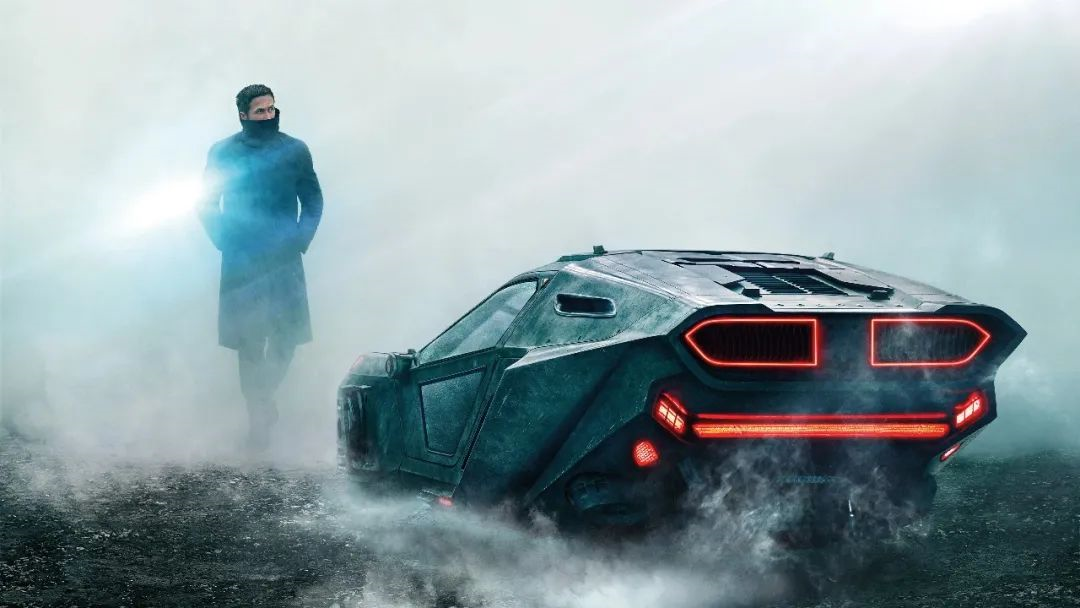
The implication is that even though Tesla is radical, they do not want to challenge the public’s aesthetic taste in appearance. The biggest difference between the Model S and traditional fuel vehicles is the de-emphasis of functional styling features (such as the grille), and the size is almost the same as that of a fuel vehicle. Therefore, Tesla changed the unused space in the front compartment into a front trunk, and we can summarize Tesla’s approach as “use what’s available and discard what’s not”.
At the same time as Tesla Model S, there were many other pure electric products, which can be divided into three styles in terms of appearance: the “minimalist” style that uses the “use what’s available and discard what’s not” approach; the “subversive” style that directly changes the body size based on the advantage of electrification, such as the BMW i3 and Nissan Leaf; and the “in-between” style caught between gasoline and electricity, such as the 2012 Chevrolet Volt.
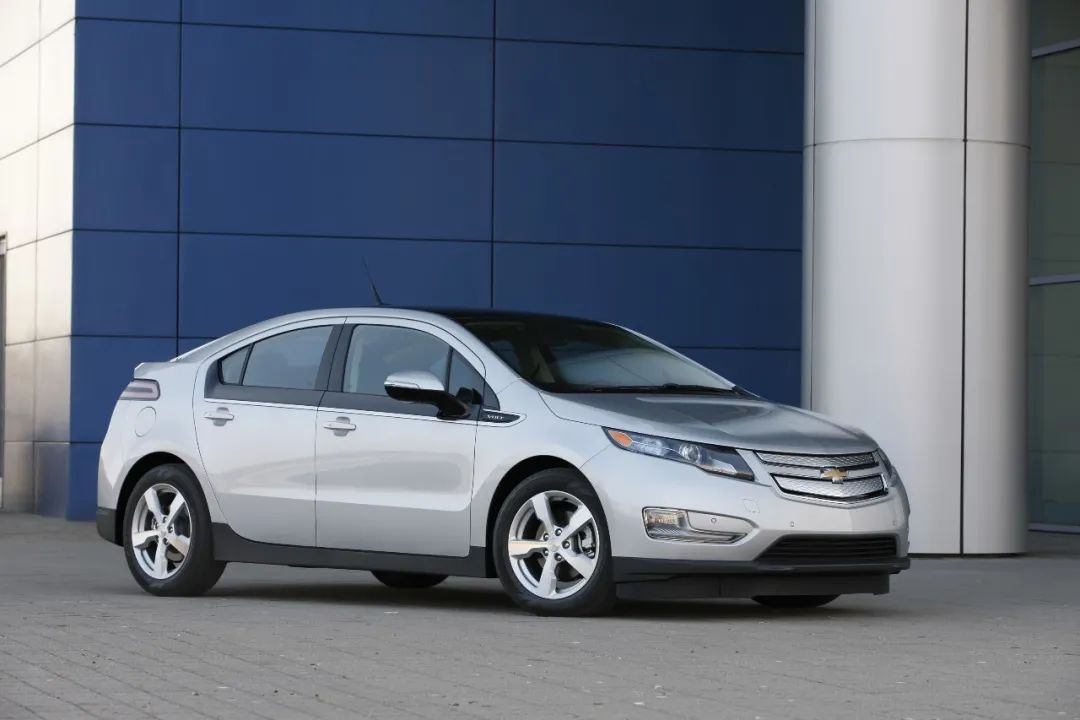
If we go back fifty years on the timeline, people believed that electric vehicles needed to make changes in appearance, such as the famous GM EV1, and even the sealed grille styling of electric Golfs in the 1980s. When electric vehicles were just emerging in the new era, people’s choices were limited to the “minimalist” and “subversive” styles.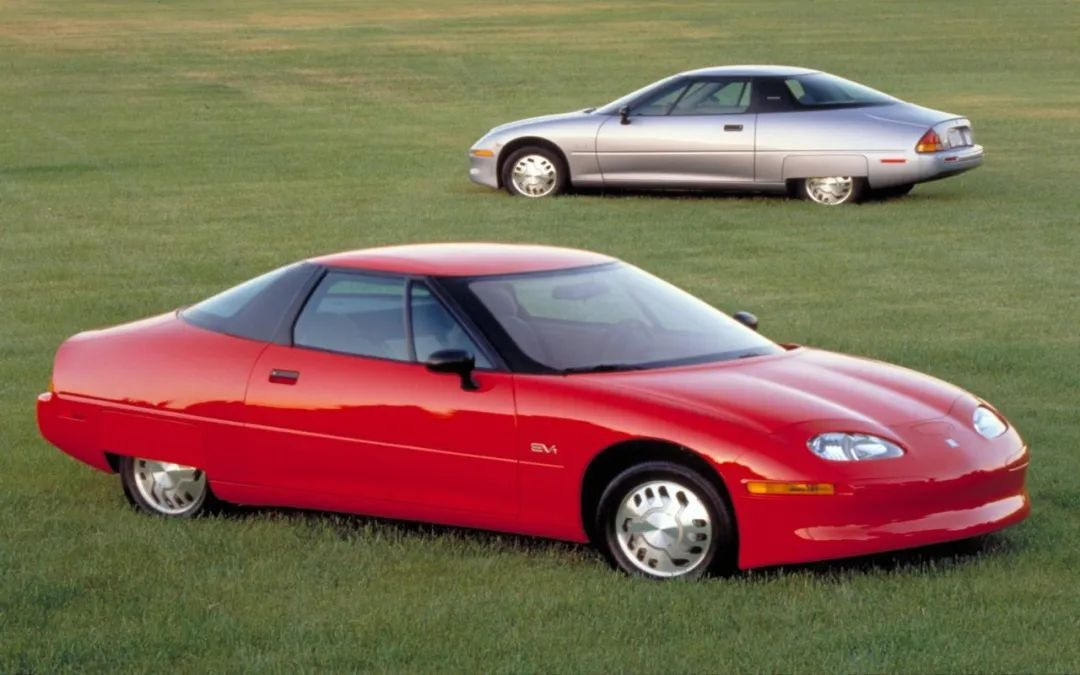
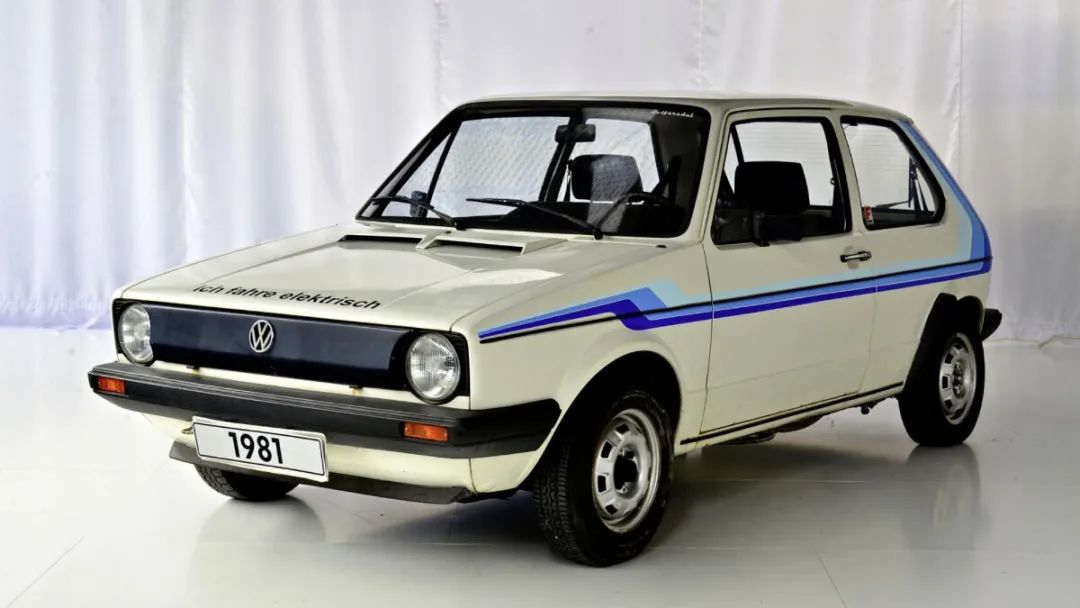
From the perspective of consumers, it is more difficult to embrace revolutionary changes. The biggest difference between BMW i3 and Nissan Leaf and traditional cars is that they have a longer wheelbase. Even if they are not pure electric platform products, their wheelbase is still over 0.6, which is larger than that of the Volkswagen ID.4 based on the MEB platform today. To create more space, the A-pillar of the vehicle becomes more inclined to be as close as possible to the front end of the car. This is a very different approach from Tesla and in Volkswagen’s view, the former looks more like a box.
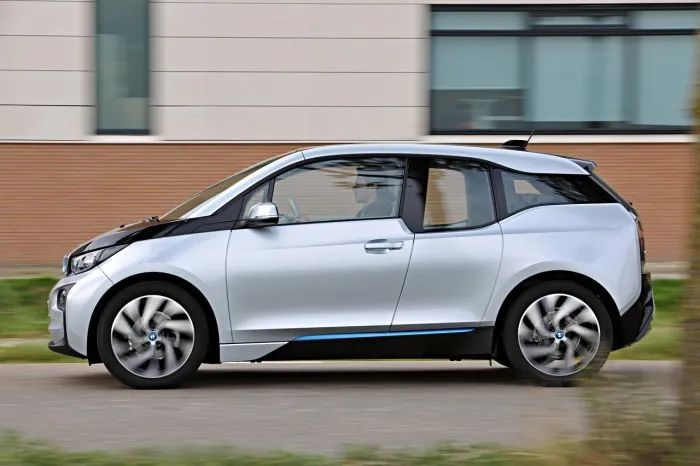
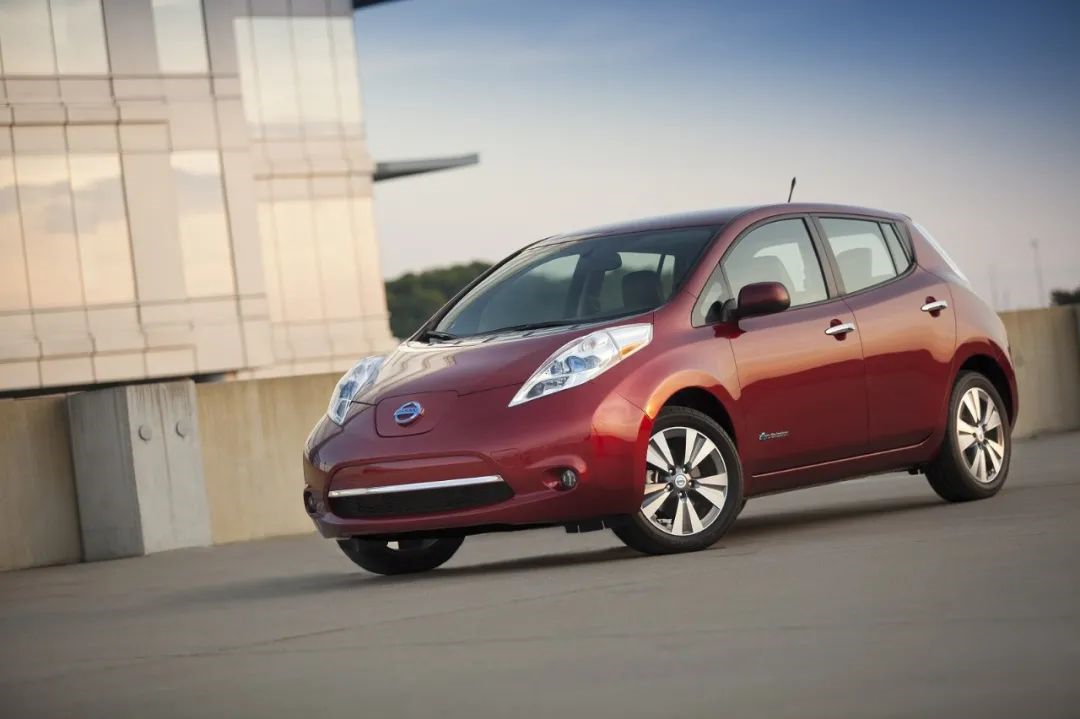
The preference of users for a certain design trend will be reflected in sales. The popularity of the BMW i3 has been inferior to that of the Tesla Model S since its launch, even though the former is still more expensive. However, in the European and American markets, the sales of the former are slightly lower than those of the latter.
In the past decade, Nissan Leaf’s global sales have exceeded 500,000 units. After analyzing the market situation, it can be found that the main market for this product is in Europe, where the average annual sales volume is 30,000 units. The sales momentum has also been quite apparent since it was upgraded in 2018.
However, Europe is the second largest electric vehicle market after China, and the situation is one of mutual growth. The US market is different and the increases are more evenly distributed, showing an alternating pattern. Since 2015, Nissan Leaf’s sales in the US have continued to decline, which was just before the release of the Tesla Model 3.
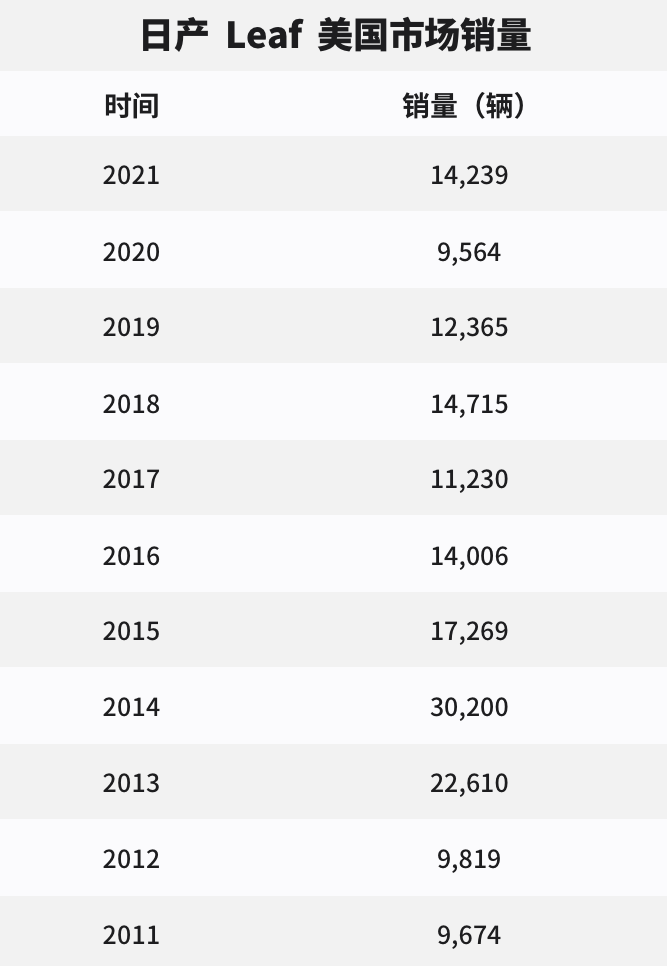 For electric vehicles, although the market can recognize the changes in its structure, it has not yet evolved into a true BOX. All products that make radical attempts in terms of size are not favored, not only i3 and Leaf but also the later Mercedes EQS. On the other hand, the all-new BMW i3, which was launched this year, may be the result of recognizing the trend and making changes. Therefore, the minimalist design is the result of consumer choice.
For electric vehicles, although the market can recognize the changes in its structure, it has not yet evolved into a true BOX. All products that make radical attempts in terms of size are not favored, not only i3 and Leaf but also the later Mercedes EQS. On the other hand, the all-new BMW i3, which was launched this year, may be the result of recognizing the trend and making changes. Therefore, the minimalist design is the result of consumer choice.
The simpler the design, the harder it is to do. In the process of designing towards simplicity, we will fall into two misunderstandings. First of all, homogenization design does not mean that car companies have not tilted resources towards the design department. Secondly, homogenization does not mean that domestic designers are weak in ability. For example, the reason why many people criticize the headroom of the second row of XPeng P7 is due to the influence of the sleek styling, so the panoramic sunroof design of P7 is also made to “steal space”. But think about it, doesn’t the engineering team need to tilt more resources to solve the problem of roof strength?
Complex lines will instead cover up improperly handled details, just like everyone can spot Tesla’s various process problems in the first place. Without the distraction of complex lines, the problems on the body seams are more obvious. After the vehicle’s shape becomes simpler, the available area for design identification naturally decreases, so we can see that the similarity in form and plane elements of many cars will be higher than before.
For new entrants in the automotive industry, the styling design is still the most important factor that users recognize first when they haven’t deeply understood a new product and experienced its new story. Therefore, no one dares to ignore the importance of design. Taking NIO, XPeng, and Li Auto as examples, especially in the establishment of a family design system, their investment in design is far greater than we think.
We can also feel that design is becoming more refined. The “X-BAR” front face of NIO, the “SHARK NOSE” convex nose wing shape, the “X Robot Face” of XPeng, including the industry’s longest integrated daytime running lights on the front grille of Ideal L9, Ideal even invested one billion to build a production line in order to ensure the effect.
Establishing a unique family design language is the biggest challenge for new forces and independent brands that aspire to develop. The reason for this, according to Zhang Xiaoyu, is related to consumers.“`markdown
Regarding original design, you will find that users from different markets have completely different feedback on this aspect. For example, we can see design elements borrowed from other brands on some domestic brand models, such as the air conditioning vents that are identical to those of Mercedes-Benz, or the “chicken leg-style” electronic shift lever that is similar to that of BMW. For low-budget consumers, most of them only care about whether the design looks good or not, and are not sensitive to whether the design is original. Borrowing from luxury cars is the simplest way to solve this problem. Just like choosing configuration, consumers’ expectations determine whether they pursue the presence or absence of a configuration or its experience.
The higher the car budget and the more mature the user market, the higher the corresponding design expectations will be, and this part of the users will be more attentive to the originality of the design. Domestic independent brand car companies have gone through a long period of borrowing from others precisely because everyone has understood this market rule. At the same time, you will find that when some independent brands start to initiate their brand high-end strategy, the first thing they grab is the design.
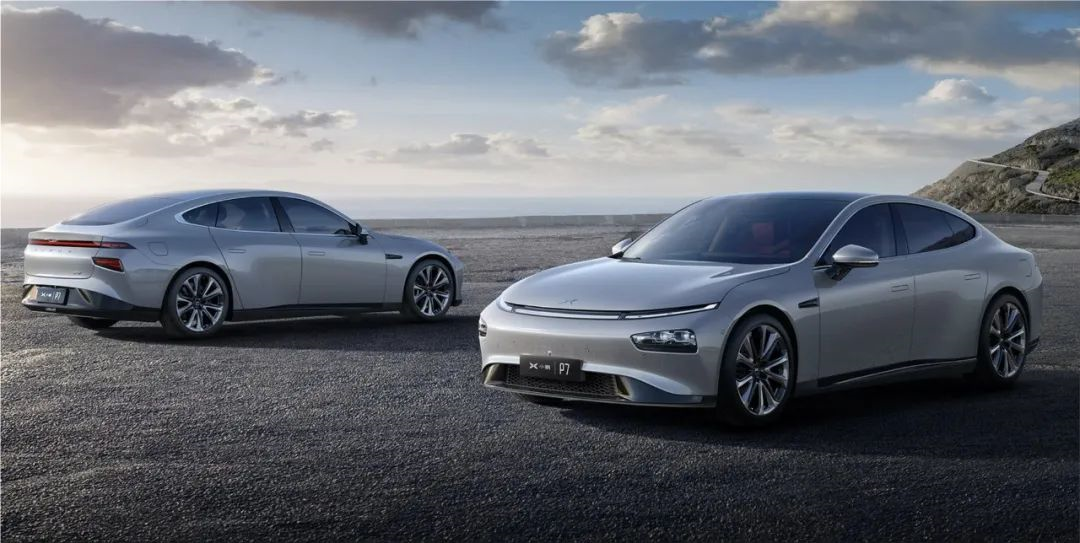
Brand upgrading design is proven by the product transition strategy of XPeng Motors. After Tesla, everyone understands that downward expansion of products from higher-end markets is the most effective way to establish the brand image. XPeng’s product strategy is the opposite. On March 22, 2019, Do Young Woo, a former exterior design director at Mercedes-Benz, joined XPeng Motors. Coincidentally, this designer also graduated from the ArtCenter College of Design in the United States. And his joining XPeng was precisely during the transition from G3 to P7. Therefore, the strategy of low-cost and high-end requires a product that can stimulate the consumer market in terms of appearance.
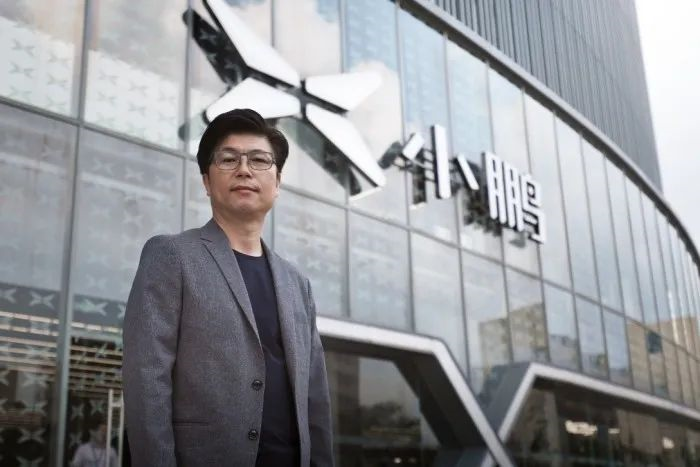
Is Intelligent Car Necessarily Minimalist Design?
The ability of Chinese local designers, including the number of designers, is continuing to grow. Zhang Xiaoyu mentioned that in recent years, several institutions have emerged in China that specialize in training automotive design courses. These institutions can also help students improve their portfolios in order to apply to high schools abroad. In the next five years, more local automotive designers will enter the workforce, and the intelligent transformation in the automotive industry will require designers to master more skills in different fields, which will also bring more challenges to designers who are about to enter the work environment.
The ongoing intelligent transformation will not only change the cars themselves but also change the logic of car design. Two obvious examples are Tesla and NIO.
“`Since its launch in 2012, the Tesla Model S has undergone its first update in 2021. Unlike traditional car updates, there are two main differences with the Model S Plaid. Firstly, the update cycle has been extended from the typical 7 years to 9 years.
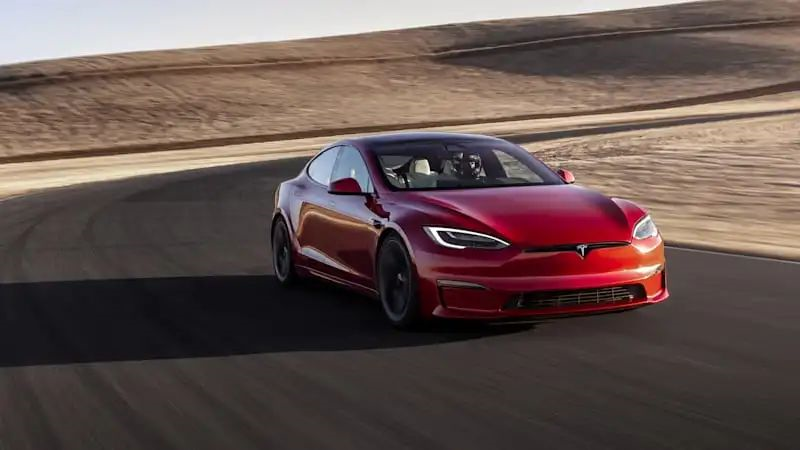
Two possible reasons are speculated for this. Firstly, Tesla’s team may not have enough resources to support the regular updates for the Model S as the Tesla brand already has a total of eight models, in addition to “S3XY”, there are still the Semi, Cybertruck, new Roadster, and a motorcycle that have yet to be officially launched and still require research and development resources.
Secondly, the overall OTA capability of the car will likely slow down the smart car update pace, which may be a consensus in the future smart car industry.
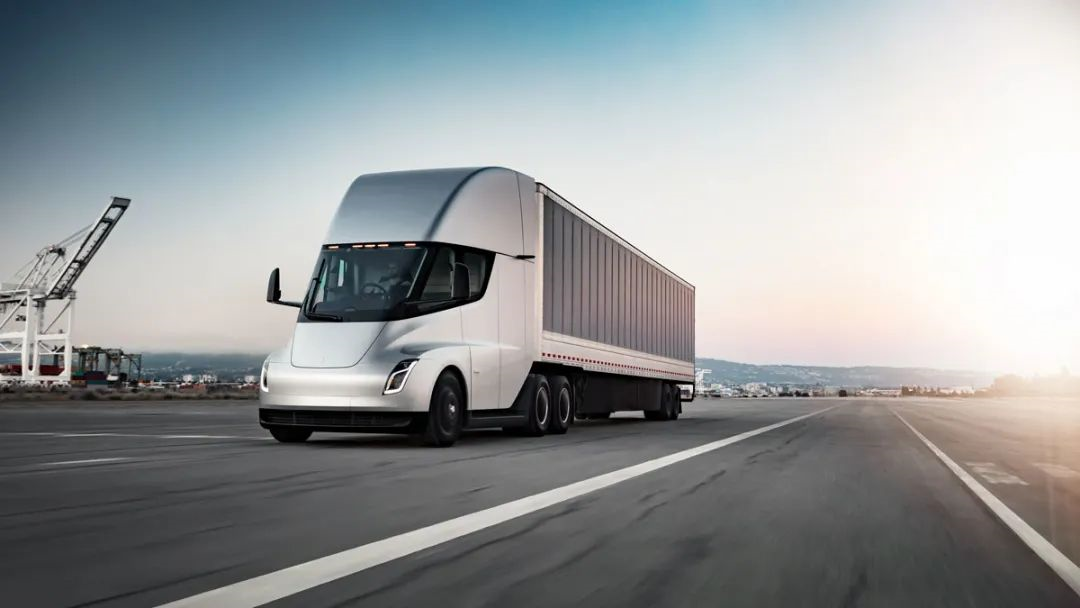
This second speculation is consistent with the second major difference exhibited in the Model S Plaid. Compared to the old Model S, the new version has only had minor changes in the front bumper, which are even less than the changes made in a typical annual update for a traditional car.
NIO also has a similar strategy. Recently, the 2022 versions of the NIO ES8, ES6, and EC6 were released along with the NIO ES7, with no changes to the external appearance of the latter three models, but with a new onboard system.
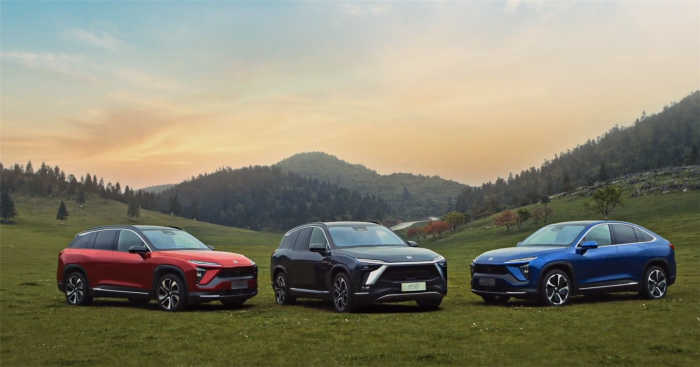
Smart cars involved a completely different approach to updates, and those who have become friends with smart cars are aware of this. Users in the online community are no longer concerned with changes in power, configuration, or appearance, and instead, the content updated via OTA has become a hot topic. I believe this is the change brought about by smart cars to the automotive industry. Designers no longer need to “waste energy to showcase change,” and users can experience real upgrades in annual updates. Of course, old users can have the same upgrades too.
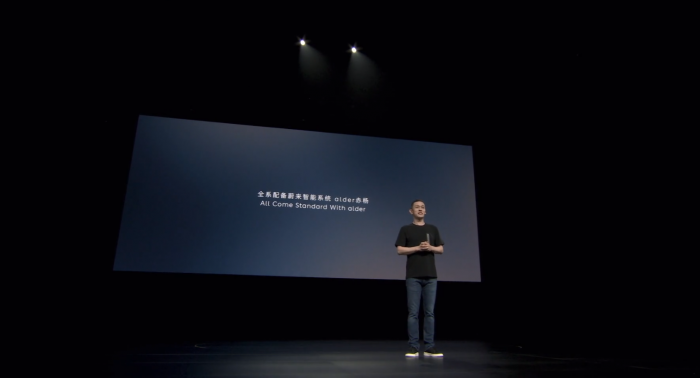 After we have understood the root cause of a series of phenomena, we have new thoughts about the question raised at the beginning about minimalist design, which may not only apply to electric vehicles but also to all intelligent cars. Clearly, as demonstrated by the above example, intelligent cars place greater demands on the durability of their design. From this perspective, a simplified appearance is the optimal solution.
After we have understood the root cause of a series of phenomena, we have new thoughts about the question raised at the beginning about minimalist design, which may not only apply to electric vehicles but also to all intelligent cars. Clearly, as demonstrated by the above example, intelligent cars place greater demands on the durability of their design. From this perspective, a simplified appearance is the optimal solution.
Zhang Xiaoyu: “Regarding the issue of whether automotive design needs durability, we need to consider it from the perspectives of both car manufacturers and consumers. In the past, traditional car manufacturers would require designers to make styling changes to the annual models, seemingly for the purpose of designing for design’s sake. This is because the development cycle of mechanical engineering is very long and it is impossible to stimulate consumers to update their cars based on changes in the underlying hardware in the short to medium term. Meanwhile, changes in appearance can be made in a shorter period of time. Therefore, the changes brought about by midterm updates and model upgrades are the commonly used means by traditional car manufacturers to stimulate consumption.
From the perspective of consumers, cars are durable goods, which means that it is unpleasant to have them become outdated in the short term due to changes in styling. Therefore, consumers are more likely to prefer software updates to replace changes in appearance. However, whether the logic of traditional car updates will return depends on the effectiveness of these car manufacturers’ profit models.”
Finally
Not long ago, the issue of whether traditional cars have reached a “Nokia moment” caused a heated discussion on the Zhihu platform. Cars are not like mobile phones; they are expensive and durable goods that involve issues such as energy and policy. Comparing them to mobile phones is not entirely appropriate.
However, they have exposed similar design problems. The iteration from feature phones to smart phones reveals that appearance is no longer free-spirited, but rather becoming more and more uniform. Consumers no longer care about whether a product is a “flip phone” or “slide phone”; the standards for evaluating products have undergone a drastic change.
This article is a translation by ChatGPT of a Chinese report from 42HOW. If you have any questions about it, please email bd@42how.com.
